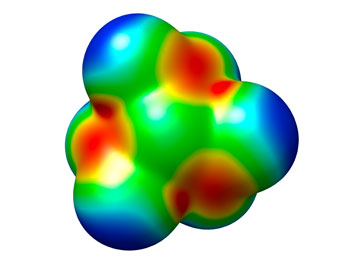 Trinitramid - that's the name of the new molecule that may be a component in future rocket fuel. This fuel could be 20-30 percent more efficient in comparison with the best rocket fuels we have today.
Trinitramid - that's the name of the new molecule that may be a component in future rocket fuel. This fuel could be 20-30 percent more efficient in comparison with the best rocket fuels we have today.
Dec 22nd, 2010
Read more
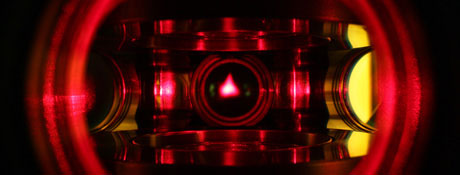 Direct proof of the hitherto controversial Efimov effect.
Direct proof of the hitherto controversial Efimov effect.
Dec 22nd, 2010
Read more
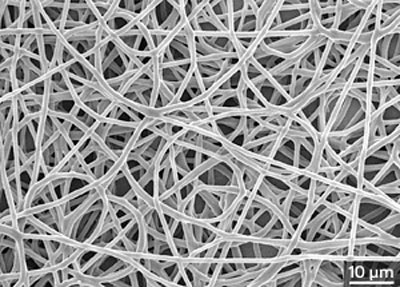 Porous structures made from a copolymer of polyhydroxybutyrate and polyethylene glycol are ideal scaffolds for bone regeneration.
Porous structures made from a copolymer of polyhydroxybutyrate and polyethylene glycol are ideal scaffolds for bone regeneration.
Dec 22nd, 2010
Read more
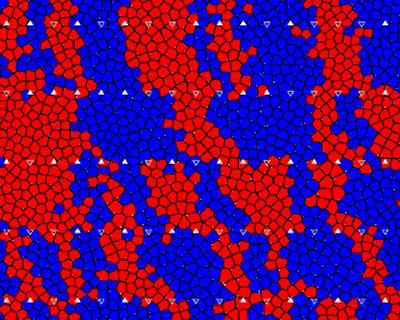 An advanced channel model may help push the capacity limits of future magnetic recording media.
An advanced channel model may help push the capacity limits of future magnetic recording media.
Dec 22nd, 2010
Read more
Call for applications for PhD positions at the International Doctorate Program NanoBioTechnology.
Dec 21st, 2010
Read more
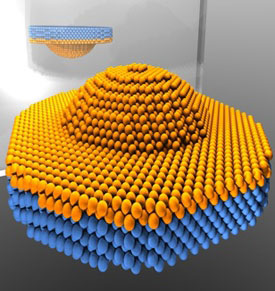 Researchers from the Quantum Photonics Group at DTU Fotonik in collaboration with the Niels Bohr Institute, University of Copenhagen surprise the scientific world with the discovery that light emission from solid-state photon emitters, the so-called quantum dots, is fundamentally different than hitherto believed.
Researchers from the Quantum Photonics Group at DTU Fotonik in collaboration with the Niels Bohr Institute, University of Copenhagen surprise the scientific world with the discovery that light emission from solid-state photon emitters, the so-called quantum dots, is fundamentally different than hitherto believed.
Dec 21st, 2010
Read more
In der Schweiz hat das Staatssekretariat fuer Wirtschaft SECO einen Leitfaden erarbeitet fuer das Erstellen von Sicherheitsdatenblaettern fuer Chemikalien, welche aus Nanomaterialien bestehen oder solche enthalten.
Dec 21st, 2010
Read more
 Just as walkie-talkies transmit and receive radio waves, carbon nanotubes can transmit and receive light at the nanoscale, Cornell researchers have discovered.
Just as walkie-talkies transmit and receive radio waves, carbon nanotubes can transmit and receive light at the nanoscale, Cornell researchers have discovered.
Dec 21st, 2010
Read more
The EU project 'Development of novel nanotechnology based diagnostic systems for Rheumatoid Arthritis and Osteoarthritis' (NanoDiaRA) held its first seminar on 'Science meets Society'.
Dec 21st, 2010
Read more
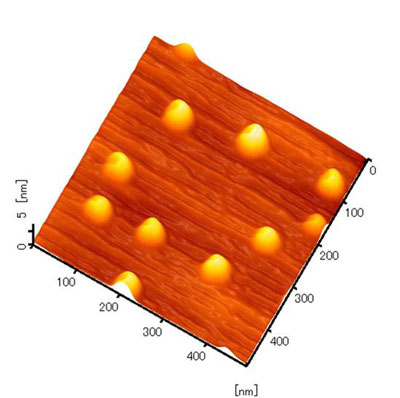 A research team in Japan succeeded in controlling the few-particle quantum state of a semiconductor quantum dot, and changing its correlation energies. This research achievement will make it possible to develop semiconductor non-linear devices which enable stable drive with low power consumption.
A research team in Japan succeeded in controlling the few-particle quantum state of a semiconductor quantum dot, and changing its correlation energies. This research achievement will make it possible to develop semiconductor non-linear devices which enable stable drive with low power consumption.
Dec 21st, 2010
Read more
Los Alamos achievements in bioscience, photo imaging, metallurgy, astrophysics and more.
Dec 21st, 2010
Read more
The Institute of Microelectronics (IME), a research institute of the Agency for Science, Technology and Research (A*STAR), and GLOBALFOUNDRIES are joining hands to develop MEMS (Micro-Electro-Mechanical Systems) Capacitive Sensor Platform Technology for power-efficient and highly sensitive motion sensing applications that are relevant to consumer electronics, automotive and aerospace industries.
Dec 21st, 2010
Read more
The aim of this initiative which has been in the works since 2009 is to encourage more use of high-technology in Thailand's nanomanufacturing. This type of business will be categorized as a top priority business which brings greater benefits to the country and boost Thailand's positioning as an attractive investment destination.
Dec 21st, 2010
Read more
An invention may provide a way to deliver chemotherapeutic drugs to cancer tissues in controlled doses without harming healthy body cells.
Dec 20th, 2010
Read more
Participation in CNSE educational and public outreach programs grows by 25 percent from 2009.
Dec 20th, 2010
Read more
Researchers at Fractal Antenna Systems have written a new chapter in the science of making things disappears. Their wideband microwave invisibility cloak, first revealed in March 2009, now makes its debut for everyone to see in a new video.
Dec 20th, 2010
Read more
 Trinitramid - that's the name of the new molecule that may be a component in future rocket fuel. This fuel could be 20-30 percent more efficient in comparison with the best rocket fuels we have today.
Trinitramid - that's the name of the new molecule that may be a component in future rocket fuel. This fuel could be 20-30 percent more efficient in comparison with the best rocket fuels we have today.






 Subscribe to our Nanotechnology News feed
Subscribe to our Nanotechnology News feed